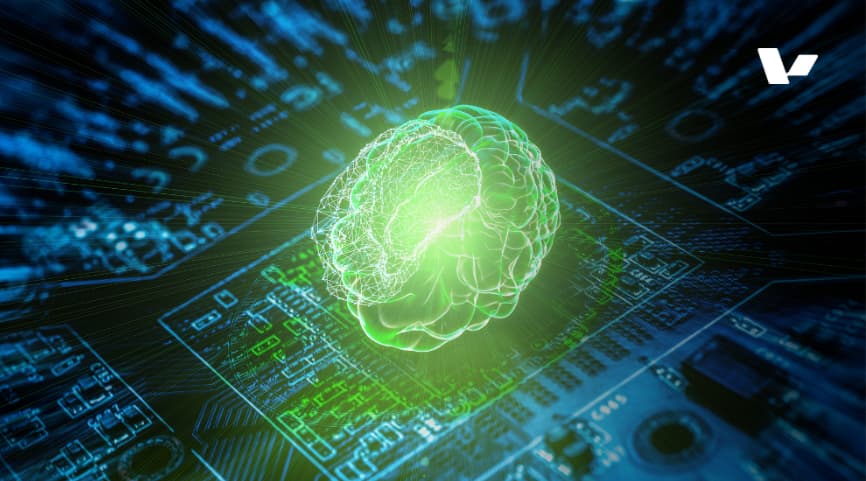Neural networks are the foundation of modern AI, enabling pattern recognition, decision-making, and automation across industries. From computer vision and NLP to finance and healthcare, these AI systems power real-world applications. Learn how feedforward, recurrent, and convolutional neural networks work, their challenges, and the future of AI-driven innovation.

On this page
How Neural Networks Work
Types of Neural Networks
Challenges and Future Directions
Conclusion
Neural networks are a key part of artificial intelligence (AI). They are inspired by how the human brain works. As AI continues to shape industries across the globe, understanding the basics of neural networks is essential.
These networks consist of interconnected nodes, or "neurons," which process information and transmit it in ways that enable the recognition of patterns in data. The flexibility and adaptability of neural networks make them powerful tools for numerous applications, ranging from healthcare to autonomous vehicles.
Neural networks rely on a system of interconnected layers that simulate the human brain’s ability to learn and adapt. At their core, these networks consist of three primary components:

A critical aspect of neural networks is their ability to adjust the "weights" between neurons. These weights show how important each input is. The network learns by changing these weights. This process is called backpropagation. It helps reduce mistakes. This iterative process improves the network’s accuracy over time.
Not all neural networks are created equal. Several types have been developed to handle specific kinds of data and tasks. Here are the most prominent types:

While neural networks have achieved remarkable success, they are not without their challenges:
Despite these challenges, continuous advancements in AI are helping to address these issues. For instance, Explainable AI (XAI) aims to make neural networks more transparent by providing clearer insights into their decision-making processes. Similarly, efforts to reduce the amount of data required to train neural networks are underway, making AI more accessible across industries.
Neural networks are a fundamental component of modern AI, driving innovation in fields ranging from healthcare to finance. Their ability to recognize patterns and learn from data has made them indispensable for tasks that involve complex decision-making, prediction, and content generation.
While challenges like the black box problem and data requirements persist, ongoing research in AI is addressing these limitations. The future of neural networks looks promising as new architectures and techniques continue to emerge, making them more efficient, interpretable, and accessible.
For those interested in diving deeper, further reading on topics like Explainable AI (XAI), Transfer Learning, and Reinforcement Learning can provide valuable insights into the evolving landscape of neural networks and their future potential.

Share